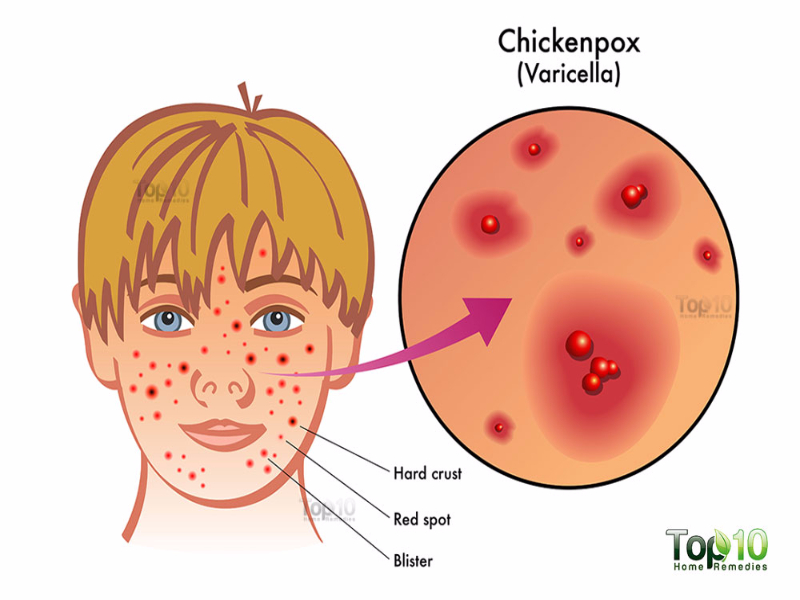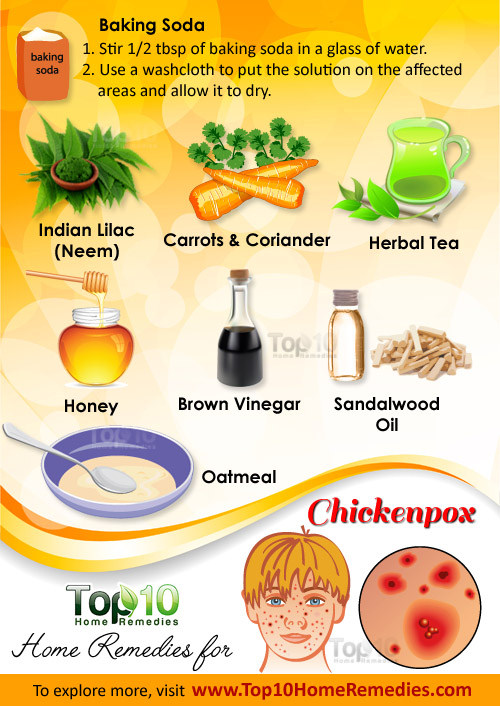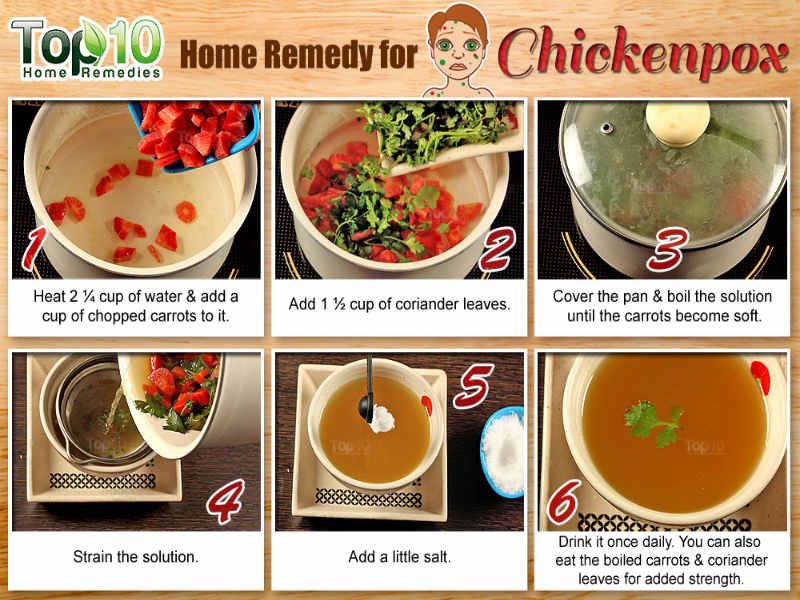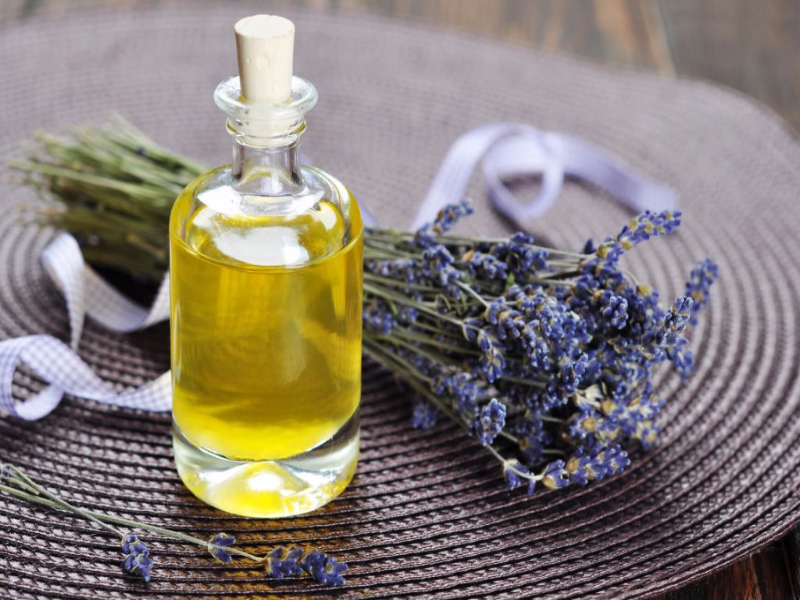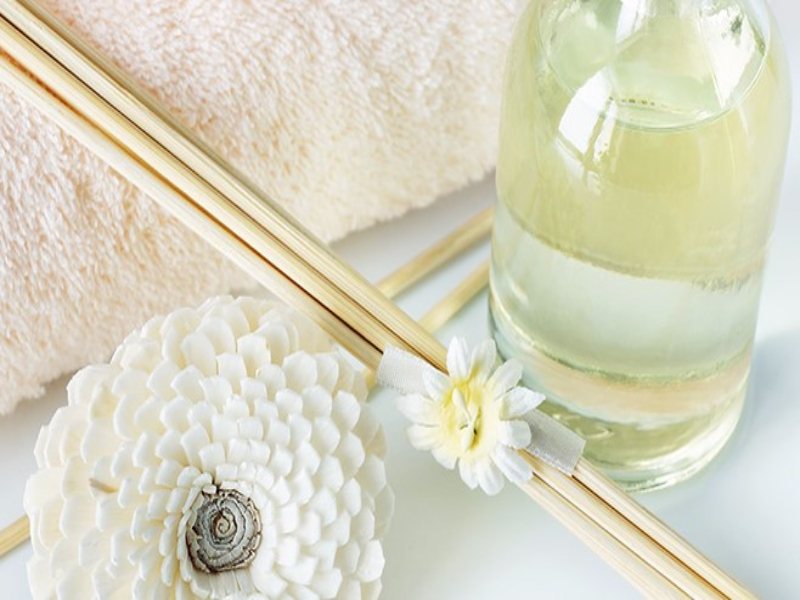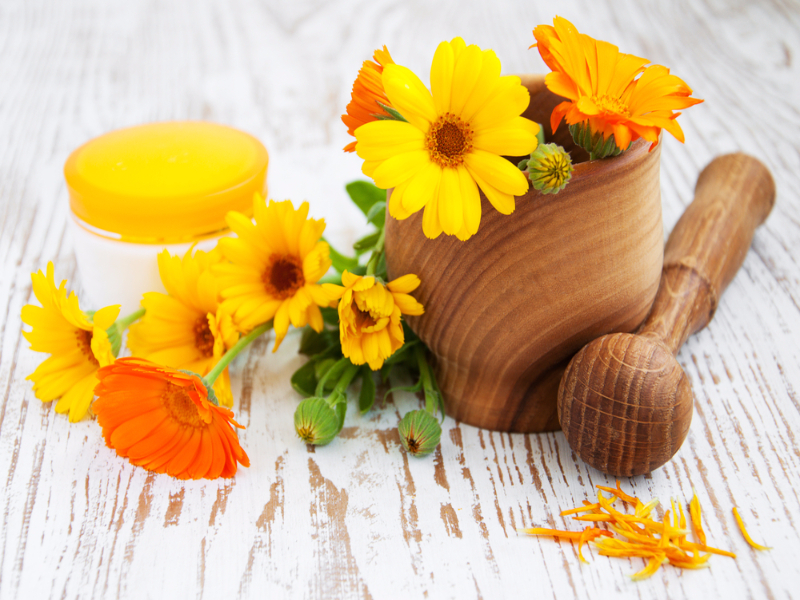Notes from MOMmy:
I always believe in natural remedy.
I’ve been giving honey and virgin coconut oil to my kids on daily basis since my eldest was 2 years old.
The difference is I can see that she doesn’t get cough or flu easily compared to other kids. One tablespoon of honey and virgin coconut oil on a daily basis.
Via The Champa Tree: 6 remedies for kids every parent should know
Some important natural and home remedies which come handy in day to day lives of parents
We all know, how natural remedies come handy in case of kids at the last moment. Natural remedies are often tried by parents as they feel that antibiotics are not safe every time. As parents, when our kids fall sick, it’s often said that antibiotics should be the last resort in curing the child. Moreover, you might never know, that antibiotics might as well trigger an allergic reaction in your child’s body. These days even doctors advise against the use of antibiotics in case of minor cold and cough and preach to parents for the use of natural and safe remedies at home. Presenting some of the remedies which will come handy in day to day lives of parents:
1. Honey during cold and cough:
Remember the time when your grand mom always used to come with a spoon of honey whenever you felt sick? Having honey in warm water is quite an old and a tried and tested method in getting relief from a sore throat. Honey contains antioxidant, antibacterial, and antimicrobial properties that fight against the virus, bacteria and treats cold and its underlying symptoms.
2. Olive oil for cradle cap:
Cradle cap is a yellowish greasy skin rash which occurs on a new-born baby and can often continue up to toddler hood. You can soften the baby’s scalp by moisturizing her skin with olive oil. When the skin is moisturized, it will help in brushing off the cradle cap quite easily.
3. Sugar for hiccups:
Well, well another way of gulping down sugar. I am sure kids would love this home remedy. Taking a spoonful of sugar helps in stopping the hiccups. The sugar soothes the nerve muscles that encourage muscles in the diaphragm to contract and spasm.
4. Oatmeal bath for itchy skin (especially during Chicken pox)
Skin problems are a major cause of concern in baby’s initial few months. What makes the matter worse and difficult is the fact, that you cannot scratch the baby’s skin as its extra sensitive and might further break out if you do so. The anti-inflammatory properties of the oats can reduce itching, and inflammation to quite an extent, giving tender skin a chance to heal.
5. Cumin and carrom seeds for constipation
Constipation often becomes a major cause of concern for both kids and parents. Parents often become worried while keeping a count on the number of bowel movements their kids pass in a day. Your kitchen is just a help away in helping you to cure constipation problems of your toddler. Boil a glass of water with ½ tsp cumin seeds (jeera), ½ tsp carom seeds (ajwain), ½ tsp fennel seeds (saunf) till the water is about ½ a glass. Strain this and add jaggery or honey. It stimulates the digestive system and thus facilitates easy bowel movement.
6. Lemon to soothe motion sickness
Parents often think a lot of planning for a travel, as they must chalk out an entire plan keeping their health among other things in mind. Motion sickness is one of the most common things kids face when they are going for long drives on family picnics or holidays. Try sucking a lemon which will help in getting some relief from that uneasy feeling.







